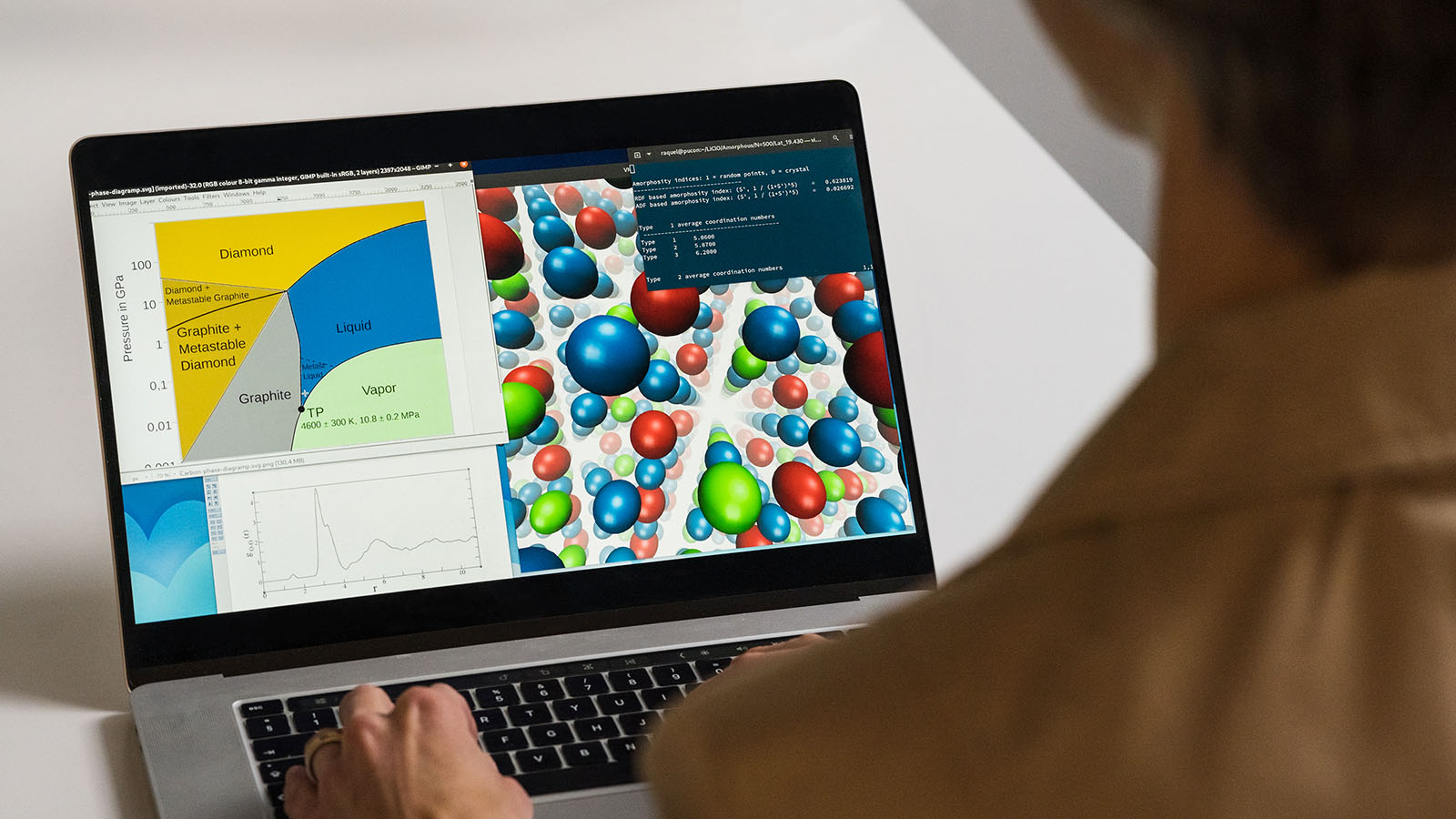Hillert Materials Modeling Colloquium series XVII: Designing Complex Metallic Alloys for Applications – by Human Intelligence

In this seminar Professor Duane D. Johnson will demonstrate rapid and reliable theory-guided alloy design of refractory multi-principal-element alloys (RMPEAs), and show how the design can be confirmed by high-throughput synthesis and characterization. This kind of alloys are sought after for their usability and durability in harsh environments and high operational temperatures, and for clean energy and power generation.
Time: Tue 2023-11-07 - 16.00
Location: Zoom
Video link: https://kth-se.zoom.us/j/65980573879
Language: English
Participating: Professor Duane D. Johnson
A reliable theory-guided design of novel metallic alloys is presented for clean-energy/power-generation applications, desired for harsh-environments (oxidation, corrosion, load), high operational temperatures (efficiency), and durability (turbine blades, manufacturing dies, hydrogen tolerance). While machine-learning (ML) and artificial-intelligence (AI) offer advances if physics-based, alloy theory combined with human intelligence offers significant simplifying insights and guiding principles, as will be discussed for strength, stability, and ductility.
Rapid and reliable theory-guided alloy design of refractory multi-principal-element alloys (RMPEAs) will be demonstrated, and confirmed by high-throughput synthesis and characterization, to accelerate by 50%+ alloy development, increase by 20%+ operational temperatures with desired properties (e.g., higher modulus and yield-strength, and enhance creep and oxidation resistance). One example designed ductile RMPEAs exhibits high-strength [150-250 MPa in tension at 1300 C], high melting [>2500 C], excellent creep rate [10X lower than Ni-based steel Haynes-282 at 1000 C]. The approach is general, such as designed lightweight additively manufactured MPE superalloys.
Contact
